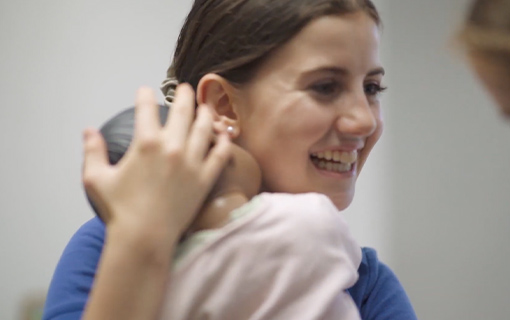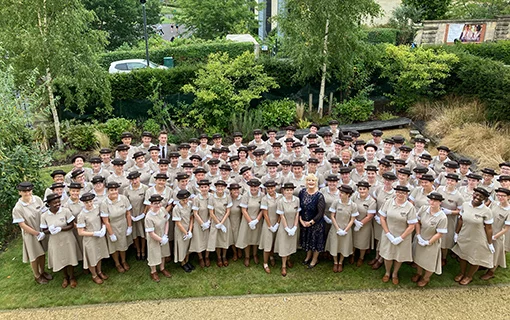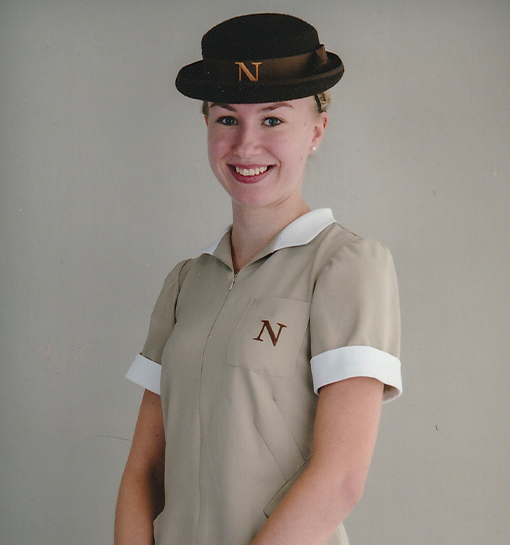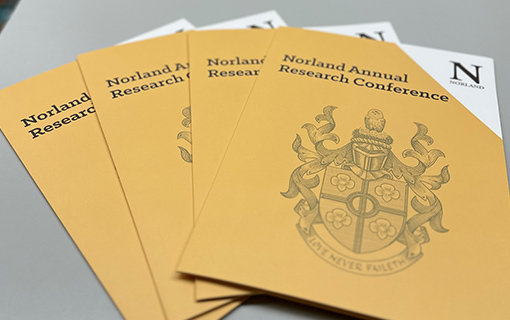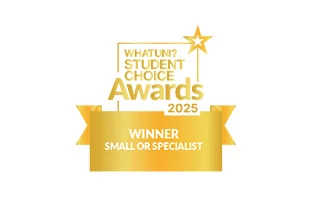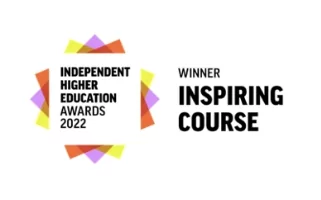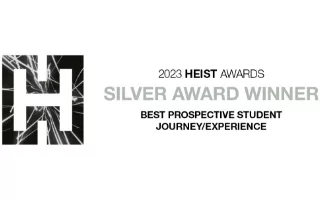How virtual babies support students’ work with newborns
18 March 2022

Students spend almost 50% of their time at Norland on placement in a wide range of settings and working with children of different ages, including newborns.
As well as this placement, students are offered the opportunity to book out a virtual baby. If you’ve seen a virtual baby experience shared via student Instagram accounts, our Student Ambassadors’ profiles or the ITV documentary from 2014 (which is still available to watch on YouTube), you’ll know that they require a lot of attention and students tend not to get much sleep!
Norlander and Senior Lecturer in Early Years Lucy Krebs discusses what students can expect from the virtual babies and how caring for one supports them in their work with newborns.
What are the virtual babies and how do they work?
The virtual babies at Norland are infant simulators that are designed for students to experience the demands of caring newborns. We have five virtual babies and each are named after early years pioneers: Monty for Maria Montessori, Freddie for Frederick Froebel, Eleanor for Eleanor Goldschmied, Isabel for Norland’s first Principal Isabel Sharman and of course Emily for our founder Emily Ward.
We treat them as though they’re real because they react to the same things that babies do. They have sensors on their mouths, tummies, bottoms and backs which respond to the keys, bottles and nappies that students take with them to stop them from crying. The virtual babies also have temperature sensors to make sure they are kept warm enough, but they can’t be too hot either. They even have movement sensors to make sure they aren’t handled too roughly and that they aren’t in their car seat for too long.
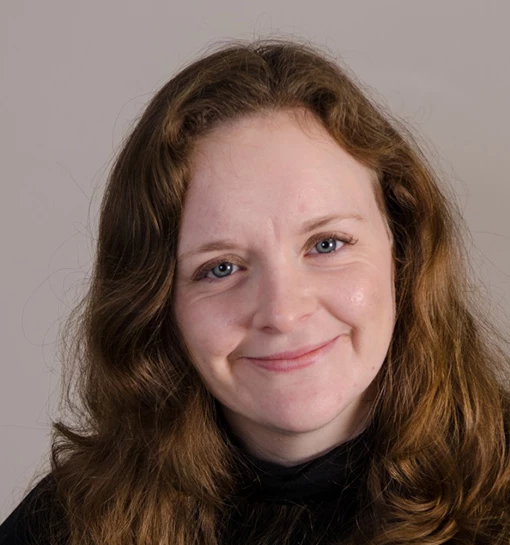
What do students have to do when they book a virtual baby?
When a student books a virtual baby slot, I programme the baby to be ‘awake’ on that date and they receive an email to tell them who they’re caring for. When I say the baby is ‘awake’ it means that the programme is live and so this is when the baby could cry and need attention. I will ensure the student’s name is attached to the programme so that it’s on their report (more on this below), set the times the baby will be ‘awake’ for and choose the difficulty setting – I can’t tell you which I choose and how I decide though!
The students come to the nursery to check out the baby and take responsibility for ensuring they have all the necessary equipment, including prams, car seats and baby carriers. Depending on the difficulty setting, students can expect to be woken up several times during the night and will need to work out what it is their baby needs. They have different cries for different things but as they only have them for one night they may not get to ‘tune in’ as they would when they’re caring for a real baby.
What does the results sheet tell the students about their virtual baby experience?
The report is generated the following morning when the baby is returned to the nursery and plugged back in. The report will give a score for responsiveness expressed as a percentage. It tells us whether the student successfully met the baby’s needs and how quickly. There will also be a rough handling score which deducts points for any incident of rough handling.
There is a temperature chart to show how warm the baby was and a position chart that shows how long the baby was kept in one position – or indeed if they were placed in the wrong position. The report will tell us all about how the night went; there is no escape!
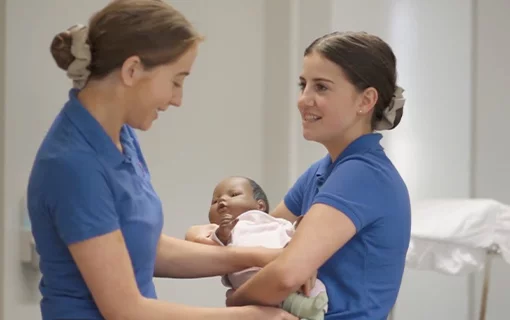
How do virtual babies support students’ work on placements and when working with newborns?
The virtual babies make demands like real babies, but they don’t have that new baby smell, the eye contact and the cuddliness. They aren’t like a real baby in that respect, so if a student can get through a night responding to the needs of a virtual baby, they can definitely support a real one!
The most common comment we get when the students see their report is that the temperature is not what they thought it was for the baby, and this makes them reflect on how they perceive the temperature of a room and the impact this might have on their charges. Similarly, in terms of the position score, they might think more carefully about head support and sleep positions when putting a baby down or changing their nappy. All of these are so fundamental when caring for newborns.
What tips would you give students for the virtual babies?
Taking care of the virtual babies is a rite of passage and worth embracing. Treat them like real babies because that makes the experience all the more valuable. You’ll be exhausted the following day. Remember this when you are nannying and the parents with whom you work are exhausted from a disrupted night. Remember that feeling and make them a cup of tea!
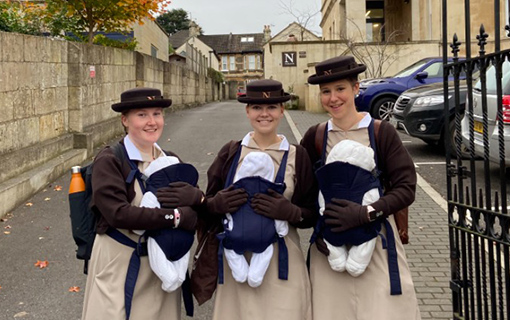
How else are students taught about caring for newborns?
As Lucy mentioned above, when students book out a virtual baby, they also take out equipment they may need such as car seats, prams, clothing and bottles. Throughout the three-year course, students attend masterclasses as part of the Norland diploma which enable them to develop the varied practical skills required to care for a child.
In addition to their degree studies on newborns and early development, students attend practical hands-on masterclasses on such topics as topping and tailing techniques, supporting a mother with breastfeeding, car seat training, bottle feeding and hygiene. Students are then able to implement their new knowledge and skills on their placements, as Rebekah does during her daily family placement.
Other ways students apply this practical knowledge is through a placement on a maternity ward. Norland students are the only students, aside from medical or nursing students, to gain invaluable placement experience on a busy working hospital ward. On their placement at Bath’s Royal United Hospital, students support the hospital staff and new parents in a variety of ways. Amira, Lucy and Emily have all shared their experience of this placement.
